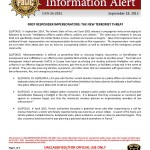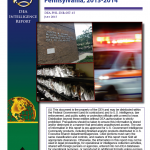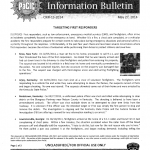
The analysis of drug-related overdose death data plays a pivotal role in law enforcement’s efforts to identify and combat drug suppliers, and ultimately drug abuse and related overdoses. At the most basic level, the drugs that contribute to death are an indicator of drug availability in the user market. Analysis of this data also highlights geographic patterns of abuse and identifies at-risk populations, and when coupled with drug treatment statistics, law enforcement drug seizure data, and public health indicators, allows for multi-disciplinary data-driven decisions regarding resource placement and strategic initiatives.




